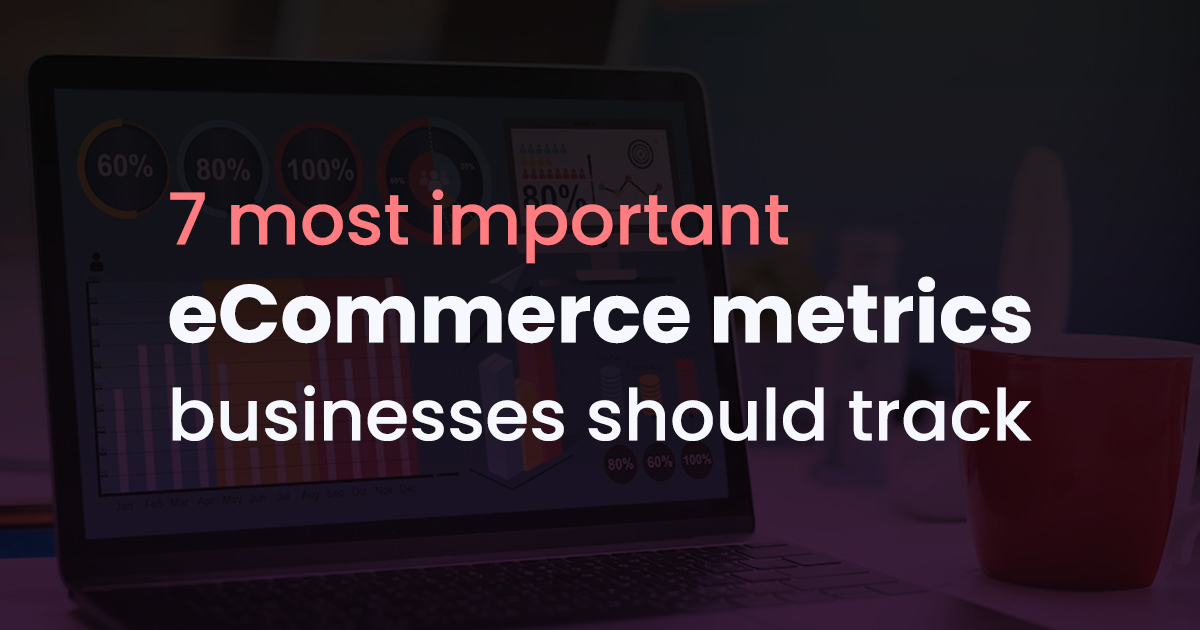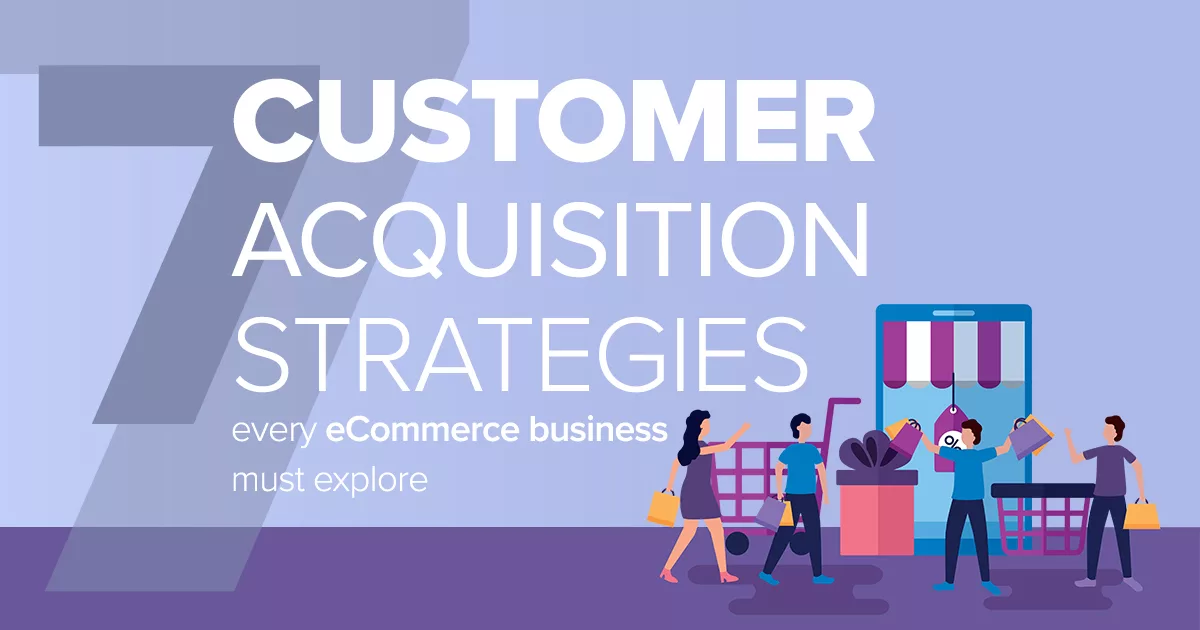7 Most Important eCommerce Metrics Businesses Should Track

In the world of business, performance is a crucial goal for any organization. To measure their performance levels over time, businesses must analyze all aspects of their operations.
For eCommerce businesses, tracking key metrics is essential to evaluate the success of an online store and make data-driven decisions to improve it.
At eCommfy, our team of experienced eCommerce website developers specializes in various domains of eCommerce, including eCommerce website development in Jaipur.
We have successfully delivered projects to businesses of all sizes and industries. Our experts have identified several critical aspects that determine the performance of eCommerce websites.
By considering all these mentioned aspects, business owners can make informed decisions to turn their eCommerce website into a revenue generator.
The introduction will cover the importance of eCommerce websites for businesses, how it has changed the traditional way of doing business, and the benefits of eCommerce websites for new brands.
1. Conversion rate
Conversion rate is the percentage of website visitors who complete a desired action, such as making a purchase or signing up for a newsletter. A high conversion rate indicates that a website effectively persuades visitors to take the desired action.
To calculate the conversion rate, divide the number of conversions by the number of visitors and multiply by 100. By tracking the conversion rate, businesses can identify areas of their website that need improvement.
2. E-mail Subscription Rate
Emails are one of the revolutionized marketing and promotion practices and can be a powerful tool to boost your business outreach. It can reach out to potential customers, but also remarket your products to those who may have missed out the first time around.
A loyal customer base can be created through a newsletter that can keep them in the loop about the latest offerings and progressions in the market. As a business owner, tracking the email subscription list on a timely basis is a good practice to understand the growth of your business.
3. Average Order Value (AOV)
Average Order Value (AOV) is the average amount spent by a customer per order. A high AOV suggests that customers are spending more money on each purchase, which can lead to higher revenue and profits.
To calculate AOV, divide the total revenue by the number of orders. By tracking AOV, businesses can identify ways to increase revenue per order.
4. Customer Lifetime Value (CLV)
Customer Lifetime Value (CLV) is the total amount of money a customer will spend on a website over their lifetime as a customer. A high CLV indicates customer loyalty and retention.
To calculate CLV, multiply the AOV by the average number of orders per customer and the average customer lifespan. By tracking CLV, businesses can identify ways to increase customer loyalty and retention.
5. Cart Abandonment Rate
The rate of cart abandonment refers to the proportion of shoppers who add products to their cart but fail to complete the purchase. A high cart abandonment rate can signal problems with the checkout process.
To calculate the cart abandonment rate, divide the number of completed transactions by the number of abandoned carts and multiply the result by 100.
By tracking the cart abandonment rate, businesses can identify areas for improvement in the checkout process and work to make necessary changes.
6. Traffic Source
Traffic sources refer to the channels through which visitors come to a website, such as organic search, paid search, social media, or email marketing.
By tracking traffic sources, businesses can identify which channels are driving the most traffic to their website and adjust their marketing strategy accordingly.
7. Customer Acquisition Cost (CAC)
Customer acquisition cost (CAC) is the total cost of acquiring a new customer, including marketing, advertising, and sales costs. A high CAC can indicate that a customer acquisition strategy is not cost-effective.
To calculate CAC, divide the total cost of acquiring customers by the number of customers acquired. By tracking CAC, businesses can identify the cost-effectiveness of their customer acquisition strategy.
Conclusion
Considering these 7 metrics, business owners can obtain the best outcome and stay competitive in their industry. All these metrics help widely in understanding the business from a deeper and clearer perspective.
Subscribe to our Blog
Read our newly created blogs delivered straight to your inbox.


